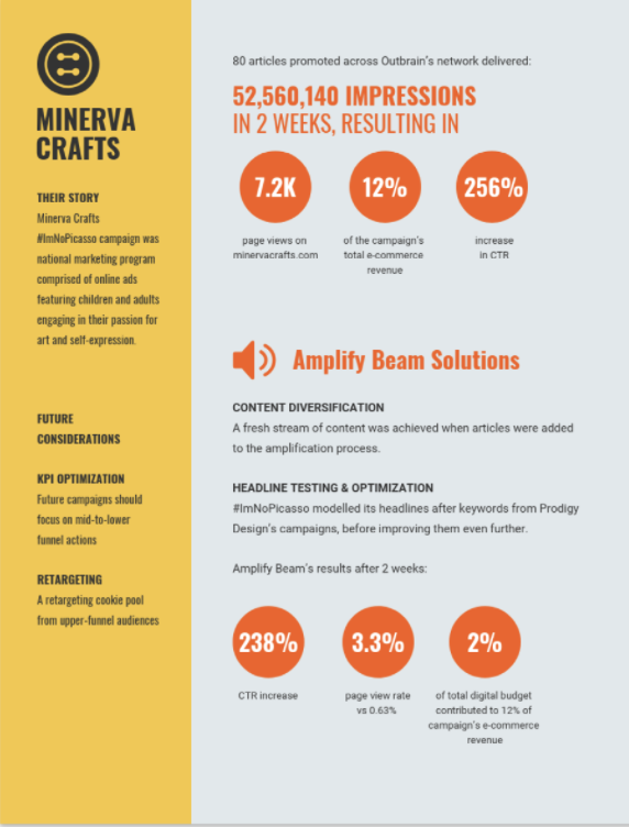Originally posted on July 28, 2022 @ 10:01 am
There is no question that case studies are an important part of any business’s marketing and sales arsenal. A well-written, well-researched case study can help you close more deals and win more customers. However, writing a case study that stands out from the competition can be difficult. Here are some good ideas to help you on your way.

#1. Case studies require tons of research
One of the most important aspects of a great case study is accuracy and statistics. You have to present facts in a way that readers can trust them. If you’re writing about an increase in sales or decrease in cost, ask yourself – how was the statistic derived? What are some key pieces of information that support your argument? Make sure to do your research and back up your points with credible sources.
#2. The best case study examples Use a Storytelling Format
People love stories. When you can tell a story that is relevant to your case study, it will be much more effective in grabbing the reader’s attention. Think about the problem or challenge that was faced by your customer, and how your product or service was able to help them solve it. Use real-world examples to illustrate your points and paint a clear picture for the reader.

#3. Keep it Short and Sweet
Nobody wants to read a long, drawn-out case study. Aim for around 1000 words or less – any more than that, and you run the risk of losing your reader’s attention. If you can, try to keep the case study under five hundred words – that is about two or three paragraphs of text. Write in a clear and concise manner, and stick to the facts when possible.
#4. Case study research tip: Outline Your Customer’s Journey
If your customer had a specific journey before finding success with your product or service, outline this for your readers. Perhaps they tried another solution first and it wasn’t effective or cost-efficient enough – mention this and how their concerns were alleviated after using your product/service. These are great talking points that will help convince other customers to sign up as well.
#5. Use Screenshots
Screenshots are an excellent resource that you can use to illustrate your point even further. If you’re showing data or results that are difficult to describe in words, screenshot them and include them with the case study. Use graphs, charts, tables – whatever works best for your situation!

#6. Use Powerful Headlines
Don’t underestimate the power of a good headline. It might be tempting to just settle on “How Our Product Saved Our Customer $10k per Year” as your headline, but this is boring and not very effective. Think about how you would talk about this topic in an informal setting (e.g. at lunch with friends). You wouldn’t say that, you would word it more like “Our Customer A
#7. Technicalities make a case presentation
You don’t want to impress people with your vocabulary, but you do want to use the right words for the right reasons. A good case study should include all the relevant details and leave out: irrelevant facts, unnecessary adjectives and stories, and legal mumbo-jumbo.
#8. Be Selective in your case analysis
There is a fine line between giving out too much information and not enough information in a case study. You want to give potential clients just enough that they feel comfortable taking the next step, but not so much that you have given away all your trade secrets.
#9. Tone of Voice
The tone of voice in your case study can make or break it from being picked up by a journalist or online news website – especially if you are targeting individual consumers rather than businesses. The tone should be friendly and inviting, not salesy or corporate-like. The focus should be on the reader’s benefits, rather than how great your business is going to become after they have purchased your product or service.
#10. Call to Action
You should always conclude a case study with a call to action – what is it that you want the reader to do? Is it sign up for your newsletter, check out your latest blog post, follow you on social media? The terser the better!
#11. Have Fun!
Of course, there are key elements to writing a great case study, but it shouldn’t be stressful. If you aren’t having fun while you write it, chances are the reader won’t have fun reading it either. The best case studies are written by professionals that enjoy writing them and readers that want to read them. So sit back, relax – do some research on your favorite hobby or pastime – and get to work on your next case study!
Still, having a hard time? Then try Venngage, the best case study maker right now! Go over to their website and easily churn out a case study or sales deck.
Conclusion
Now that you know how to make your case study stand out, it’s time to get started! Remember to focus on the reader’s needs, not your own, and to use accurate statistics and facts. The tone of voice should be friendly and inviting, not sales or corporate-like. And always remember to conclude with a call to action. So what are you waiting for? Start writing!




